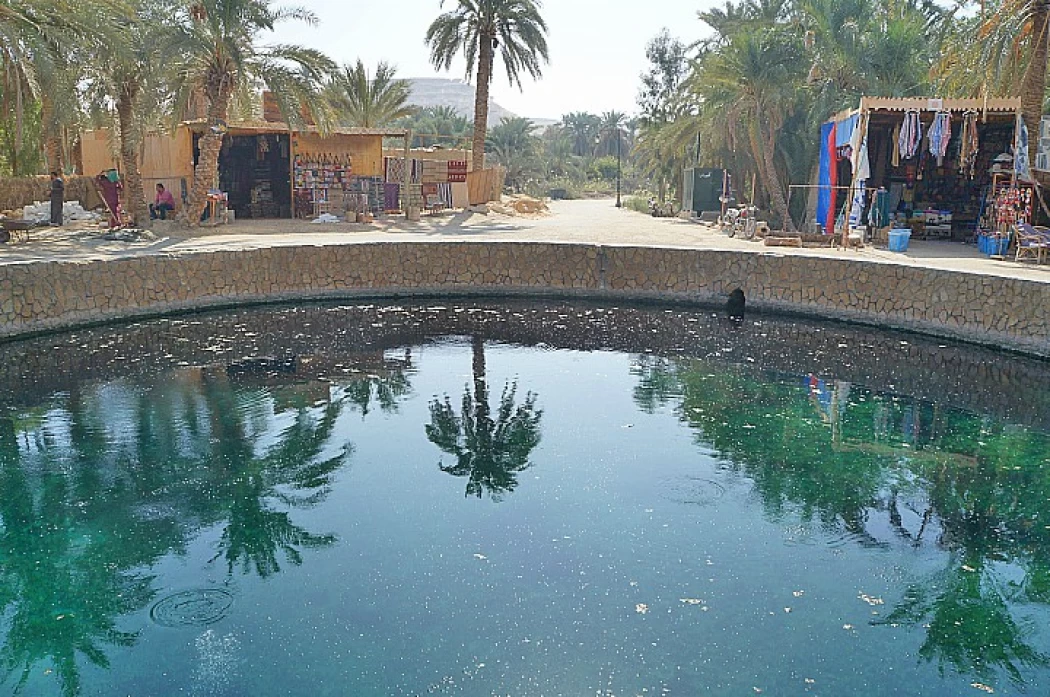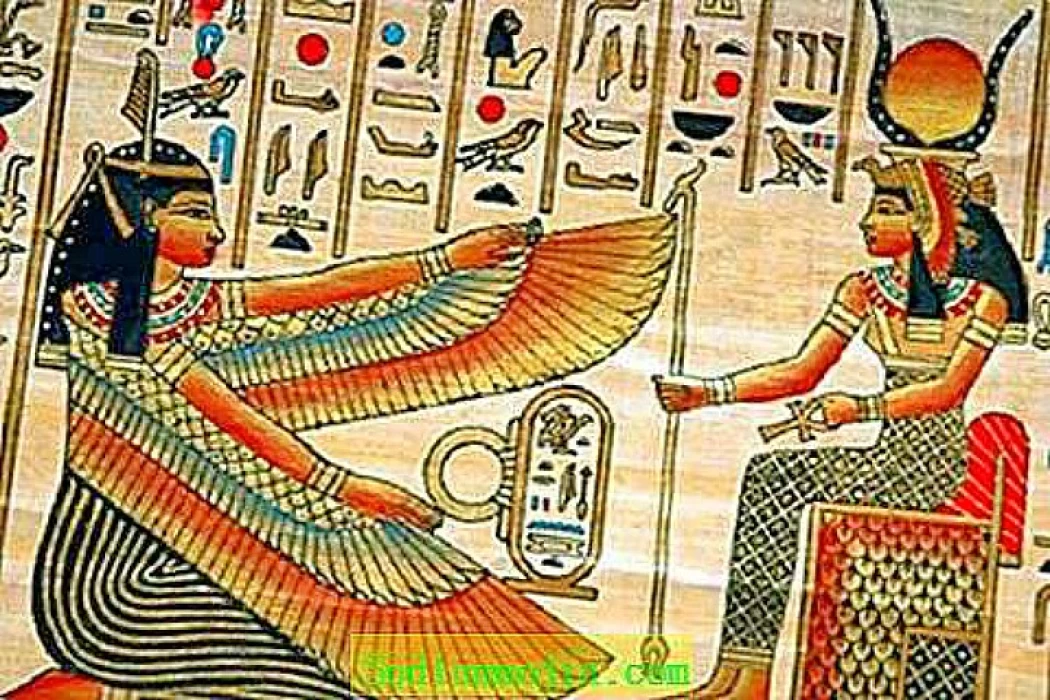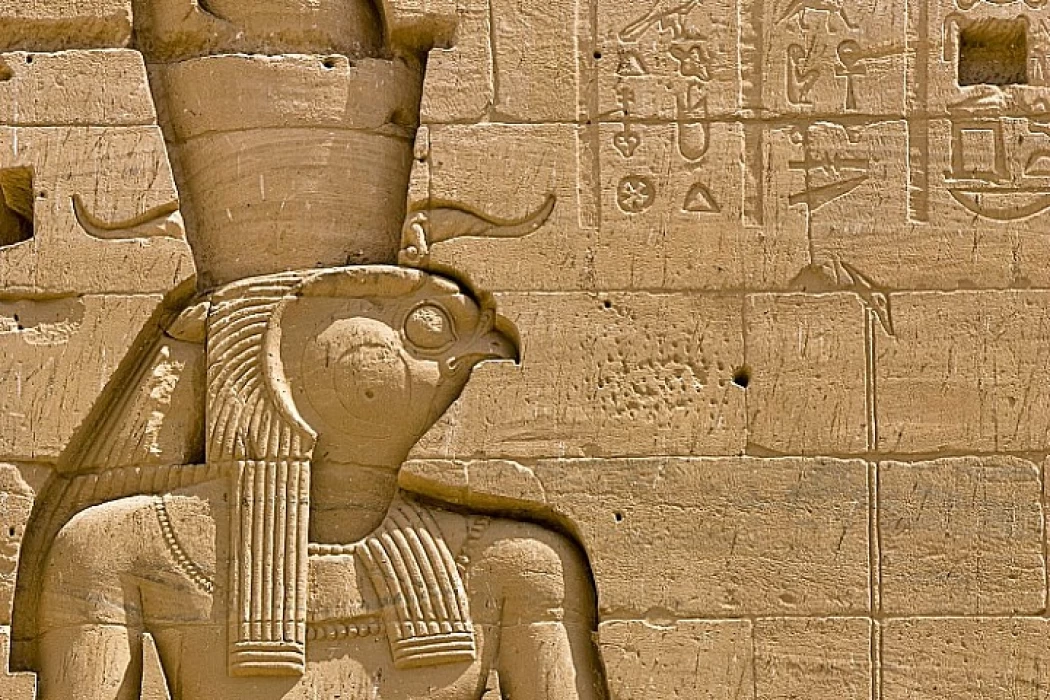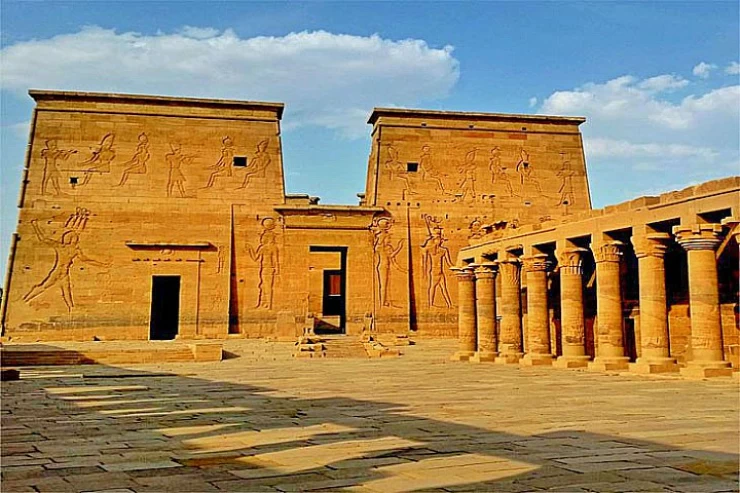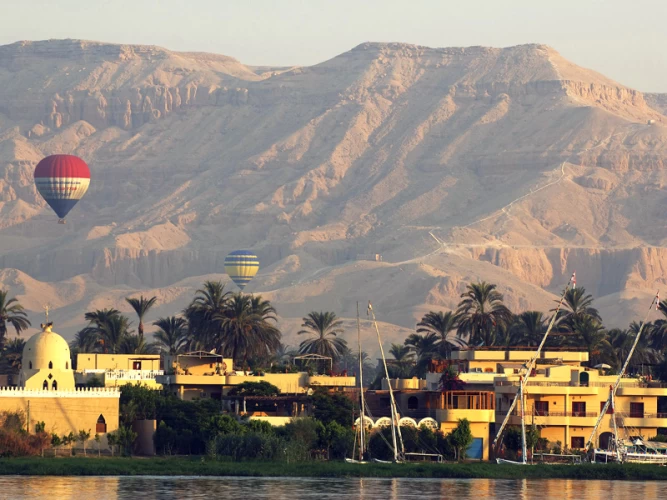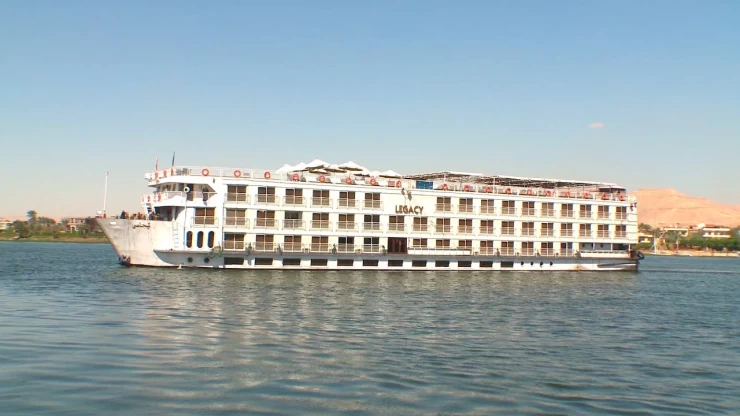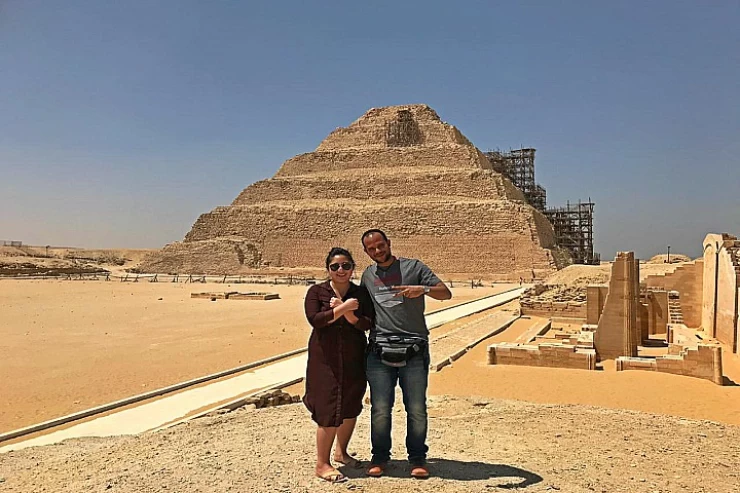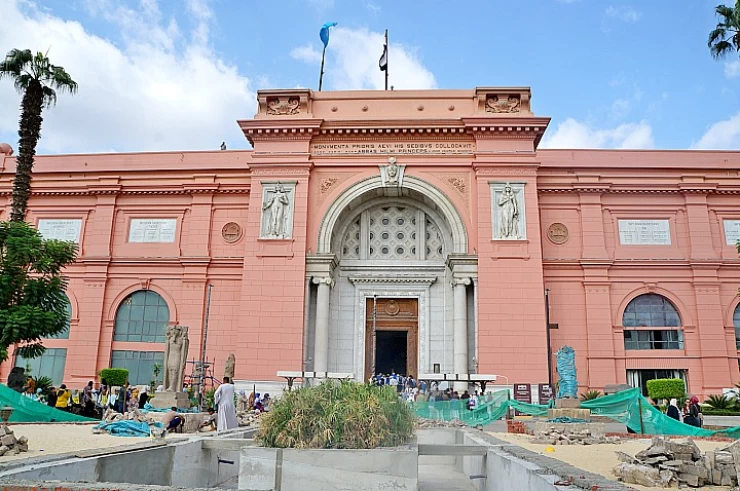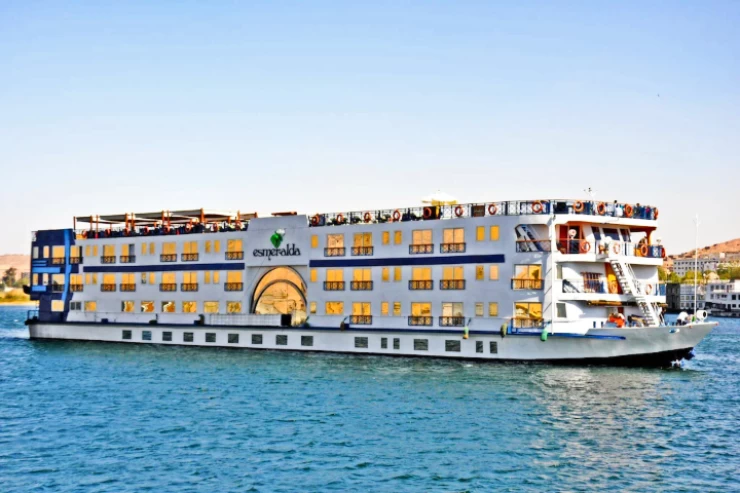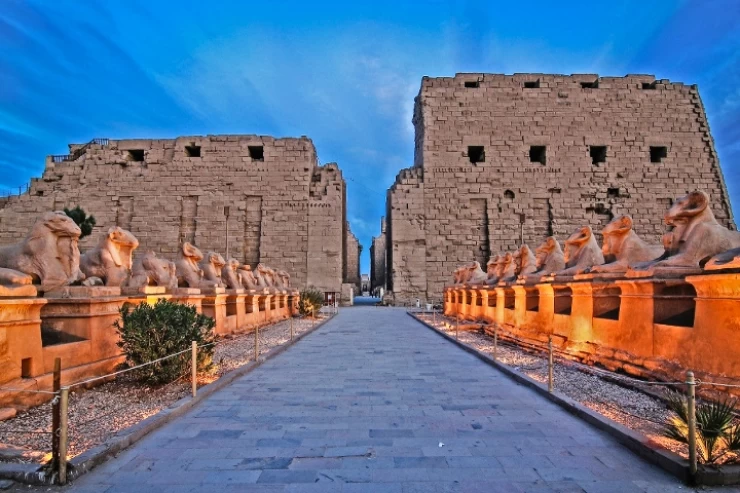
Queen of Egypt Hatshepsut | Queen of Egypt |
Hatshepsut, Queen of Egypt
Egypt, in its history, was ruled by a large number of queens who ruled the world and achieved the greatest achievements and victories, and history still talks about their names in letters of light, thousands of years ago until today, before many civilizations and nations disappeared from the scene.
Queen Hatshepsut is the fifth of the Eighteenth Dynasty kings. She ruled after the death of her husband, King Thutmose II, first as regent for King Thutmose III, who was just a child, and then as queen and daughter of the god Amun after proclaiming a story inscribed in her temple in Deir el-Bahri that she was the result of a love affair between Amun and her mother Queen Ahmose.
Hatshepsut is the favorite concubine of Amun among the women, or the concubine of Amun, princesses' treasure, and she is the most famous queen who ever ruled Egypt, and the most powerful one; her reign was a highlighting point not only in the history of the Eighteenth Dynasty, but in the history of whole ancient Egypt. Hatshepsut was the rightful heir to the throne as there was no real male heir, though she did have a half-brother through her father, Thutmose II, by a second wife, Mot Nefert.
The reign of Hatshepsut
Hatshepsut's reign was one of peace and prosperity, and her reign was characterized by the strength of the army, construction activity, and the great naval expeditions that she sent to trade with the surrounding countries, and under the female pharaoh's sceptre, Egypt was able to enrich and prosper, for she reopened the mines and quarrying that had been closed for so long, especially the copper and malachite mines in the Sinai Peninsula, for work in those mines had stopped during the Hyksos occupation, and after that, and we still see a plaque in Sinai with writing documenting this work and praising what she had done.
Hatshepsut also renewed the movement of trade with Egypt's neighbors, as trade was in a poor condition, particularly in the reign of King Thutmose II, and repurposed a canal between the Nile at the end of the Delta and the Red Sea, where she cleared this canal after the Egyptians excavated it during the Middle Kingdom, to lead Egypt's naval fleet to the Gulf of Suez and then the Red Sea waters.
She ordered the construction of several buildings in the Karnak Temple, as well as the construction of her temple at Deir el-Bahari in Luxor. Hatshepsut was interested in the Egyptian merchant navy, so she built large ships and used them in inland transport to transport the obelisks which she ordered to be erected in the Karnak Temple for the glorification of the god Amun, and in trade missions with her neighbors, and her reign was characterized by prosperity in Egypt, and by the demand for leisure goods imported from the surrounding countries, the most important of which were incense, perfumes, spices, tropical trees and plants, predators, and hides.
Hatshepsut Temple
Queen Hatshepsut (circa 1473-1458 BC) built a magnificent temple at Deir el-Bahri, on the West Bank of Luxor, across from Karnak Temple, the main sanctuary of Amun on the East Bank. Hatshepsut's temple was called in ancient Egyptian "Jisro Jisro," the most sacred of sacred places, and was designed by Senenmut, a man of many titles, among them director of the estates of Amun.
The temple is in three tiers, with a row of columns at the rear of each tier, and on the top tier, an open courtyard is placed behind the row of columns, with statues of Hatshepsut as Osiris, god of the dead.
Jisro is a temple of funeral for Queen Hatshepsut, where rituals are performed after her death when she becomes the state of idol Uzir, and the temple was not dedicated to her alone, as the temple contained parts for her father King Thutmose I, the goddess Hathor, and the goddess Anubis.
The walls of the temple are decorated with reliefs showing temple ceremonies and religious festivals, as well as the quarrying and transportation of obelisks from the quarry to the temple of Karnak.
Perhaps the most unusual scene is that in the central balcony and shows Hatshepsut's expedition to the land of Punt, which is perhaps located today close to Eritrea, and its people are represented. its architecture and the environment surrounding it, together with the exotic riches and animals that the Egyptians had fetched from it, and, on the other, how Hatshepsut was the legitimate king of the country, not only by confirming that her father Thutmose I designated her as his rightful successor, but that her father was none other than the god Amun himself.
Latest Articles
Admin
Wadi El Rayan in Faiyum | Waterfalls in Wadi El Rayan
Wadi Al-Rayan Nature Reserve is one of the distinguished tourist areas in Fayoum Governorate, and one of the most important areas is the picturesque Wadi Al-Rayan Falls with its charming nature, which made it a destination for hundreds of thousands of tourists from different countries of the world who visit it during the year and enjoy practicing various tourist activities around the waterfalls, such as sand skiing, bird watching, and others.
Admin
Tourism in Aswan | Aswan Tourism in Egypt
Aswan Governorate has a huge wealth of diverse natural attractions, including the great Nile River, a large number of nature reserves, vast areas of deserts and mountains, and other areas of attractive nature. It is also characterized by an ancient, unique, rich and diverse civilization, as it possesses a civilizational and cultural heritage that bears witness to all the periods of history that have succeeded in it during thousands of years.
Admin
The Medical Tourism in Egypt | Therapeutic Tourism Egypt
If you are planning medical tourism in Egypt and you don't know what medical tourism places you can visit, let me tell you, dear reader, about places rich in natural resources that provide effective treatments to get rid of diseases and get the most energy and vitality.
Admin
The Nile River information
The Nile River is the longest river in the world and is located in the continent of Africa, and it divides the land of Egypt from south to north to branch into two branches that flow into the Mediterranean Sea, namely the Rosetta Branch and the Damietta Branch, its length is from its headwaters in Lake Tanganyika to its mouth in the Mediterranean Sea
Admin
Goddess Isis | The Egyptian Goddess Isis
In the first millennium BCE, Isis and Osiris became the most worshipped Egyptian deities, and Isis took on many of the traits of the other gods. The rulers of Egypt and its neighbors to the south in Nubia began building temples specifically dedicated to Isis, and her temple at Philae was one of the most important religious centres for Egyptians and Nubians alike.
Admin
God Amun Ra | Amon Ra The Master of the Ancient Egyptian gods
By merging with Ra, Amun manifested himself in creation, thereby combining in himself the two divine opposites: as Amun, he was invisible, mysterious, and detached from the world, and as Ra, he was visible and the giver of everyday life. Similarly, he was associated with Maat, the Egyptian concept of justice and balance in the universe.


